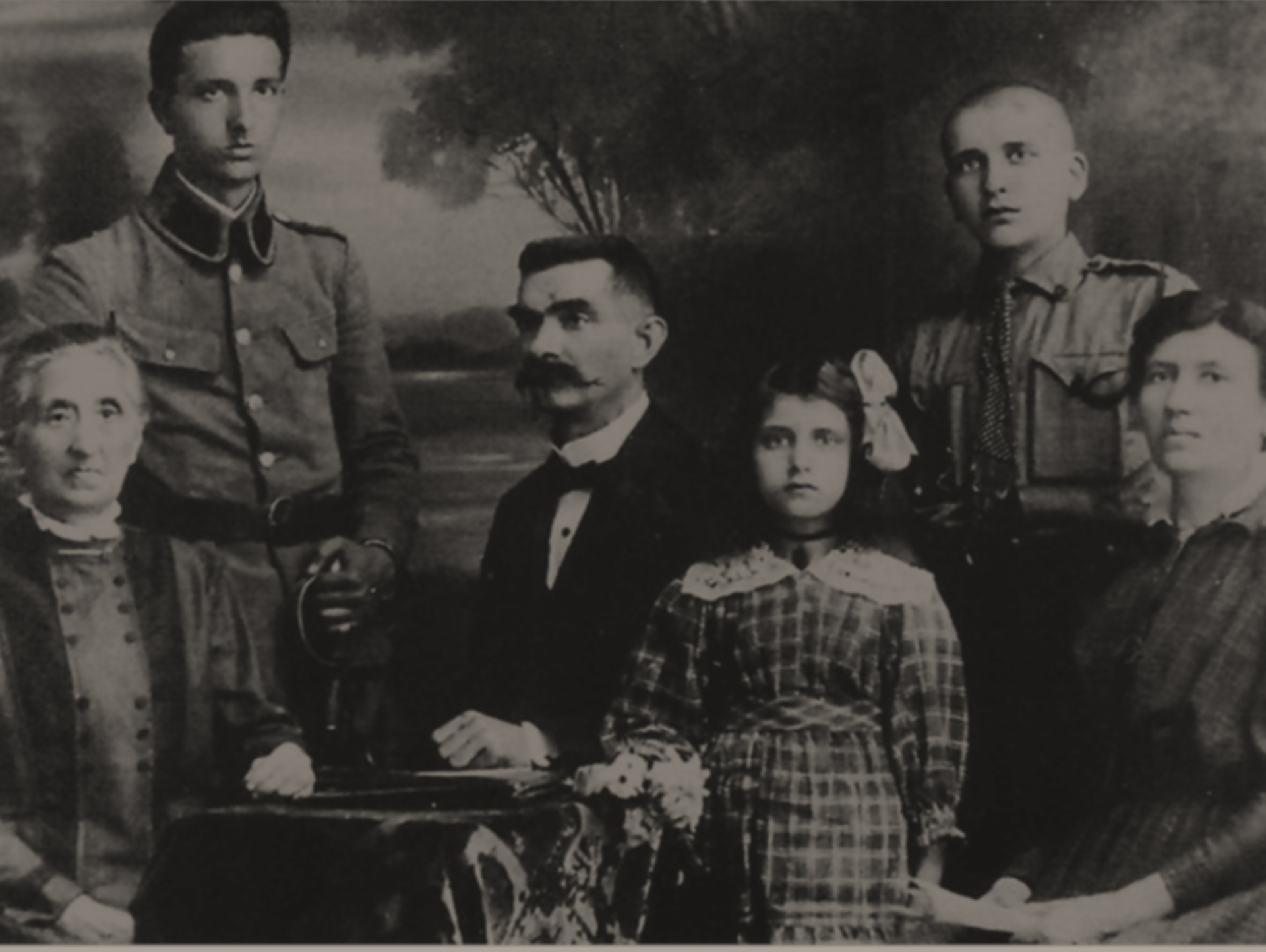
Proclaimed the capital of the independent Polish state in November 1918, Warsaw was the administrative core for the nation. The most important events in the country took place in Warsaw. In the first ten years of the state's independence, the city underwent a dynamic transformation; its assets doubled and the city attracted 200,000 new inhabitants. The Great Depression from 1929 to 1933 slowed the city's growth. From 1934 onward, under Mayor Stefan Starzyński, building investments began to increase, slowly improving the city's looks.
In 1939, with a population of 1.3 million, 380,000 Varsovians were Jewish, representing the largest concentration in all of Europe. Warsaw was a hub for Jewish political parties, grassroots organizations, schools, publishing and printing companies, Jewish theaters and the Judaic Institute.
During World War II, Warsaw became a part of the General Government and lost its function as the country's capital. Throughout the entire occupation, the German Nazis used brute force against the city's inhabitants and met with strong resistance. Warsaw became the focal point of anti-German underground activity, serving as the headquarters of the Polish Underground State and of the Home Army's main command.
The Warsaw Ghetto, created in October 1940, was the biggest ghetto in the occupied Europe. Over 500,000 people lived on one square mile. From the summer of 1942 the Warsaw Jews were transported to the extermination camp in Treblinka. The attempt to completely shut down the ghetto led to an uprising in April 1943 which was brutally suppressed by the Germans. The district was reduced to rubble and an estimated 50,000 Jews lost their lives.
Warsaw's last attempt to stand up against Nazi Germany was the Warsaw Uprising which began on August 1, 1944. It was organized by the Polish Home Army. Its main goal was to secure Poland’s independence from the Soviet Union. Crushed by the more technologically advanced military power of the German forces, the fighters surrendered after 63 days of intensive combat. The civilians were marched out of the city and the German troops commenced a systematic destruction of the city. Warsaw's losses as a result of World War II amounted to over 800,000 casualties and the complete destruction of 80% of the city grounds.